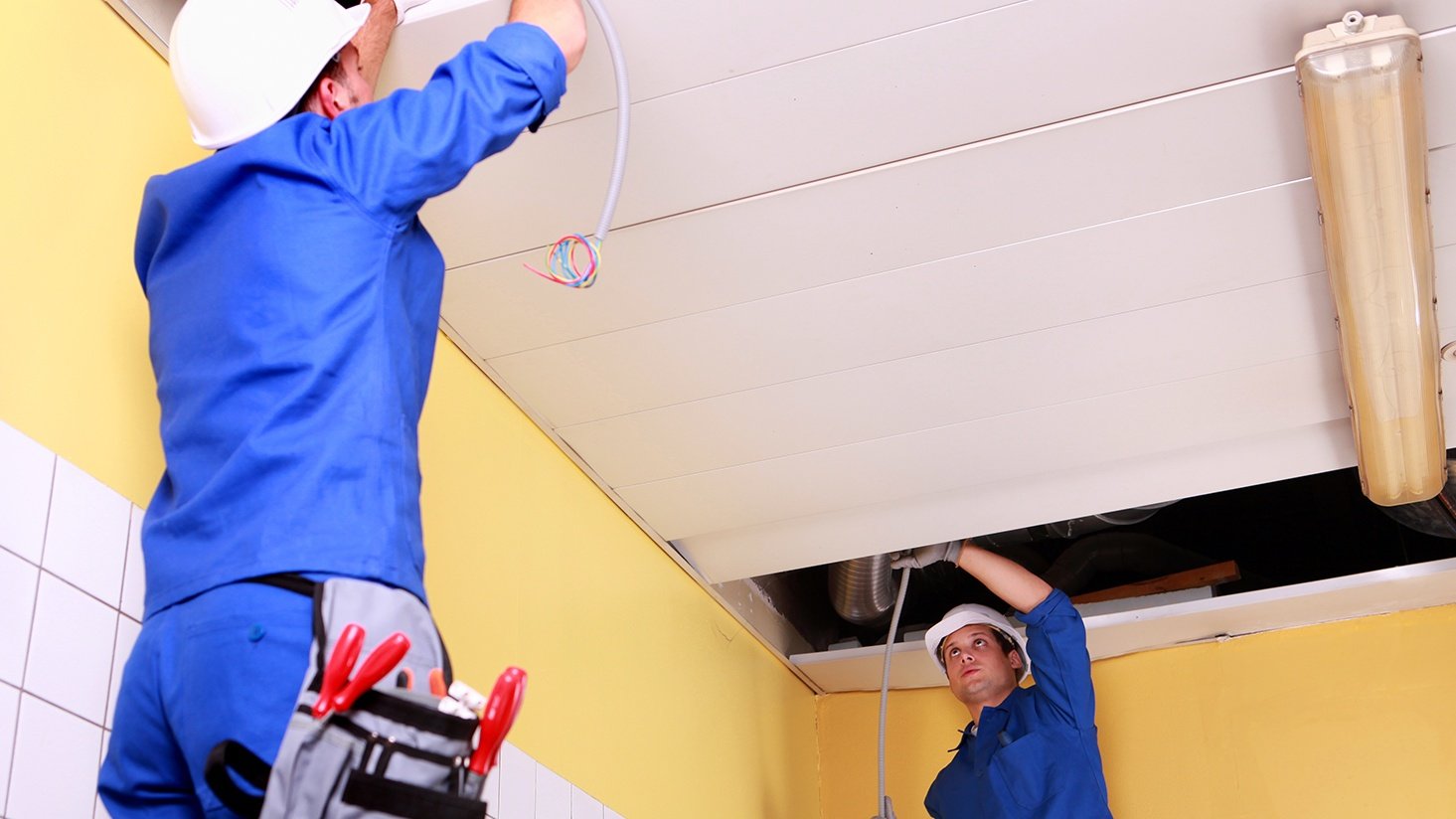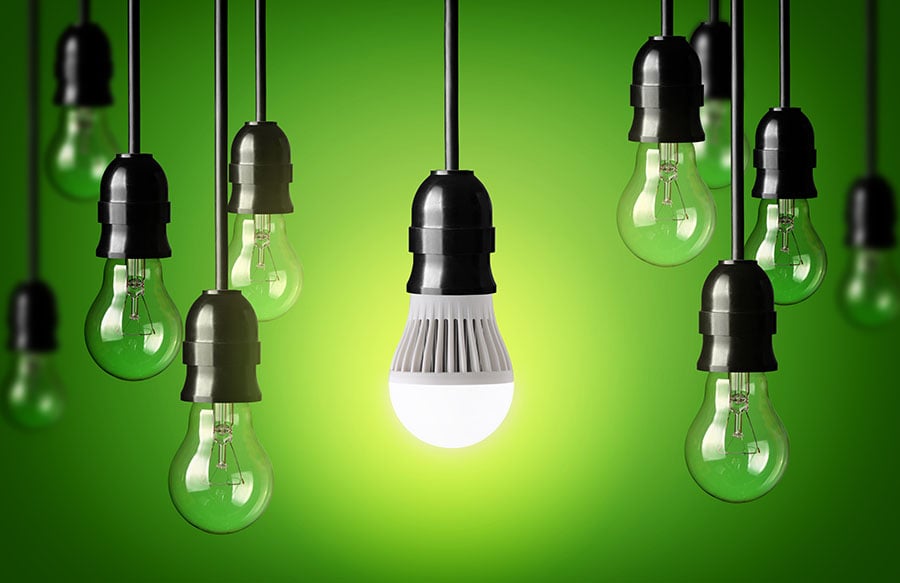How long does LED lighting really last and what is actually covered by your warranty?

What's the first thing that comes to mind when you hear "LED lighting?" If you're like most people, you probably think of long life ratings or extreme energy efficiency.
But the excitement around LED has actually caused some confusion in many circles. Claims that some products will last seven years or more, for example, make things pretty muddy, especially when those same products fail at the three-year mark.
In fact, the primary frustration I hear from my customers is related to this very topic.
Here's the thing: there's a big difference between warranties and performance claims.
So what does a standard LED warranty look like?
We'll break down what you should expect, what you should look for, and what your options are if you're looking for coverage beyond the standard manufacturer warranty below.
How long do LED products last?
Like so much in lighting, life rating and LEDs is not as straightforward as you might think.
There are two key terms to understand in this conversation: average rated life and lumen maintenance.
First, average rated life. As defined in our downloadable lighting glossary, average rated life is:
"An average rating, in hours, indicating when 50 percent of a large group of lamps has failed (operated at nominal lamp voltage and current). Manufacturers use three hours per start for fluorescent lamps and 10 hours per start for HID lamps when performing lamp life testing procedures. Every lamp type has a unique mortality curve that depicts its average rated life."
The uniqueness of LED technology requires a different life rating system than the standard you might see with older technologies. Without going into too much detail, most LEDs are rated for how long they will last before a certain percentage of light output has diminished. This way of looking at the longevity of a light source is known as lumen maintenance.
LEDs Magazine published a thorough article on this distinction back in 2011. In it, they explain:
"Rated lumen-maintenance life is measured in hours with associated percentage of light output, noted as Lp. In other words, L70 of 30,000 hours means that the tested LEDs produce 70% of the initial light output at 30,000 hours. If an LED has L50 of 30,000 hours, its lumen output decays faster than one with L70 of 30,000 hours."
This is an important distinction when buying LEDs and considering warranties. Here's what is often missed: the L70 life rating on an LED is not the same as the manufacturer's warranty.
In addition to L70, L/B value can help determine the real lifetime of LEDs in a certain amount of hours. Two common L/B values are L90B10 and L70B50. An L90 of 50,000 hours means the LEDs produce 90% of initial light output at 50,000 hours. B10 means 10% of the product failed to reach 90% lumen (either because of complete failure or a light output less than 90% of the initial light output).
Another important distinction when trying to determine how long an LED product will last: burn time. If you're burning your lamp or fixture 24 hours a day, seven days a week, your product is unlikely to last as many years as it's advertised to, which is a less-specific measurement for life rating than hours.
So how long do LEDs really last? Let's take a specific example:
If you purchase an LED PAR lamp that carries a three-year warranty and an L70 rating of 25,000 hours and you operate the lighting 18 hours per day, 365 days per year, just how long should you expect it to last?
Running your lighting on that kind of schedule gives you an annual burn time of 6,570 hours, so you should reach the L70 threshold about three-quarters of the way through your fourth year of operating the lighting, or about 45 months after installing those PAR lamps. This means that the three-year warranty would expire just a few months before the L70 mark is reached.
Admittedly, this stuff isn't easy. As always, we're happy to help you as you try to work your way through the maze of LED life ratings.
So what's next? Let's briefly walk through how the various types of LED warranties are structured.
What to expect in a standard LED warranty
Most standard LED warranties last three to five years and cover the cost of replacing the product only. If you hired electrical contractors for the installation of the product, that labor is likely not covered by the manufacturer's warranty, though a handful of manufacturers may cover that cost in addition to the cost of replacement.
To actually claim on a warranty, most manufacturers will want to see the product to ensure that it was properly installed and that user error wasn't a contributing factor to product failure. Unfortunately, based on my experience and conversations with various manufacturers around the country, more often than not, bad electrical wiring or improper installation is to blame for early burnout or malfunction. In fact, products often work totally fine when they arrive at manufacturer headquarters, indicating problems with the customer's socket or electrical system.
I cannot stress enough how important it is to vet your labor partners and do your homework upfront. One way or another, getting an install right will take time and research. It's far better to do that on the front end than to have to scramble and eat a loss down the road.
It's critical to have a detailed discussion with your lighting specialist about the warranty on the product you're considering. Here are key questions to ask:
- Is labor covered?
- Does improper installation void the warranty?
- How long is the warranty period?
- What components are covered under the warranty?
How to get labor coverage in your LED lighting warranty
As I said above, select manufacturers offer labor coverage as a default clause in their warranties. This is by no means the norm, however. Your lighting specialist should be familiar with those who do and don't.
Even if this type of coverage is not in writing, however, there's always the chance that a manufacturer will extend labor coverage if your project meets certain criteria. This is also uncommon, but I've seen a handful of exceptions made by certain manufacturers throughout my career.
Your best bet for both extended coverage and special labor coverage in a warranty is to look at third party offerings.
How extended LED lighting warranties work
Third party warranties exist for two main reasons: warranty extension and labor coverage.
First, let's deal with extension. You may find yourself in a situation where the standard warranty lasts three years, but you’d like to ensure that you’re covered for, say, six years. If you’re looking for coverage beyond the standard manufacturer warranty, you can actually purchase the equivalent of an “extended warranty” for LED lighting projects. This is something Regency is able to offer through third-party warranty providers.
Second, if you’re in a situation where you pay for commercial lighting maintenance or you want reimbursement for your staff’s time if they have to replace prematurely burned-out products, you may want to consider adding a third party warranty to your project which covers labor. This is also something we offer at Regency, given certain conditions.
You can read more about how third party LED warranties work in our post, "When to consider an extended LED lighting warranty."











